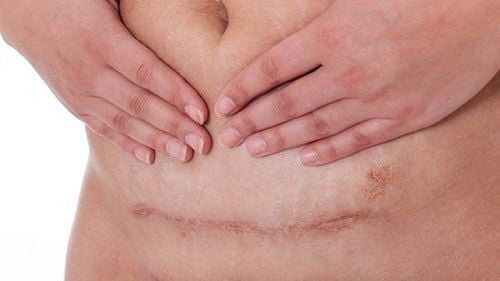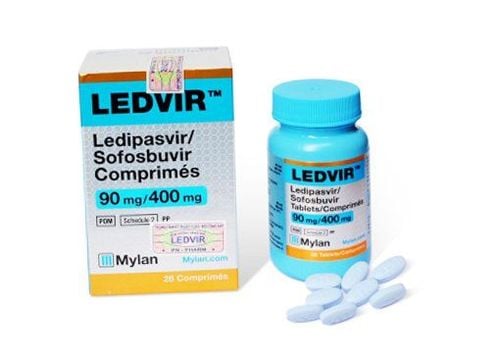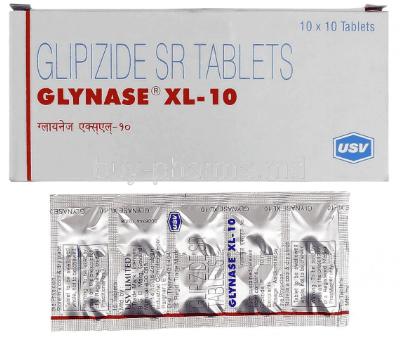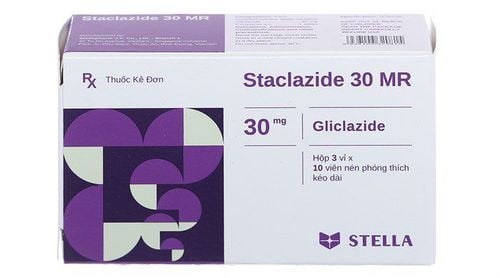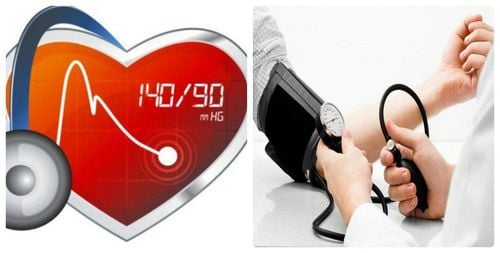This is an automatically translated article.
The article is professionally consulted by Doctor of Department of Examination & Internal Medicine, Vinmec Nha Trang International General Hospital.Diabetes mellitus is a chronic disease that occurs when the pancreas does not produce enough insulin or when the body cannot effectively use the insulin it makes.
1. Classification of diabetes
Diabetes mellitus can be divided into disease types according to the pathogenesis of absolute or relative insulin deficiency as follows:1.1 Diabetes type 1 The beta cells of the pancreas are destroyed due to autoimmune or unknown causes. cause absolute insulin deficiency. Type 1 diabetes accounts for about 5-10% of all diabetes cases. Type 1 diabetes is defined by the presence of one of the autoantibodies against glutamic acid decarboxylase, tyrosine protease-like molecule... 1.2 Type 2 diabetes Because the body's cells are resistant to insulin, it leads to to relative insulin deficiency (i.e. insulin is still secreted in normal amounts but less than the body requires).
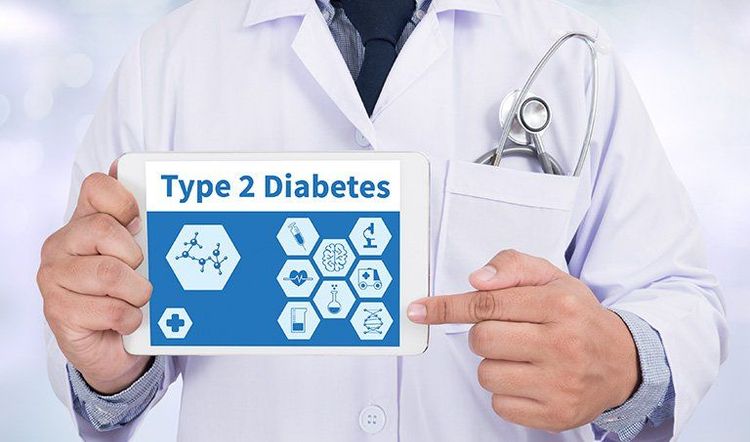
For the mother, gestational diabetes can cause hypertension, preeclampsia, eclampsia, or type 2 diabetes postpartum.
For the fetus, gestational diabetes can cause megacolon, stillbirth, premature birth, respiratory failure, hypoglycemia, and when the child grows up, it can be obese or have type 2 diabetes.
2. Diagnostic criteria for diabetes
2.1. Diagnosis of diabetes is based on the following laboratory indicators:Based on the WHO blood sugar diagnostic criteria, IDF-2012 as follows:
Fasting plasma glucose ≥ 7.0 mmol/L (≥126 mg/dL), or Blood Glucose 11.1 mmol/L (≥200 mg/dL) at 2 hours after oral glucose tolerance, or HbA1C ≥ 6.5% (48 mmol/mol according to the standards of the International Federation of Clinical Biochemistry-IFCC), or Presence of clinical symptoms of diabetes and glucose concentration at any time ≥ 11.1 mmol/L (≥200 mg/ dL). Some notes when diagnosing type 2 diabetes are: When testing for fasting plasma glucose or oral hyperglycemia tolerance, it must be done twice in 2 different days.
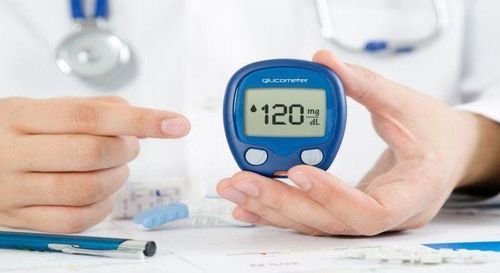
Bác sĩ dựa vào các chỉ số xét nghiệm để chẩn đoán tình trạng đái tháo đường
3.2. The diagnostic criteria for prediabetes HbA1c ranged from 5.7 to 6.4 %. Disorders of fasting glucose with fasting blood sugar Glucose from 5.6 - 6.9 mmol/L (100 - 125 mg/dL). Impaired 2-hour glucose tolerance in the G2 glucose tolerance test measured in the range of 7.8 to 11 mmol/L (140 to 199 mg/dL). 3.3. Criteria for diagnosing gestational diabetes There are two ways to diagnose gestational diabetes:
Fasting blood glucose with test index >7.0 mmol/L. HbA1c > 6.5%. Random blood glucose > 11.1 mmol/L. If fasting blood glucose is <5.1 mmol/L, wait until 24 to 28 weeks of pregnancy to have an oral glucose tolerance test.
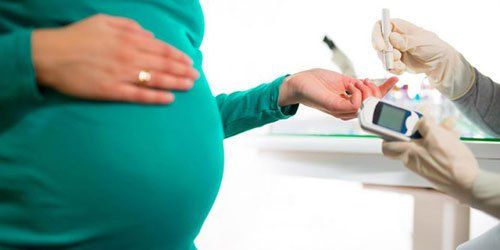
Có hai cách chẩn đoán tiểu đường thai kỳ
Currently, Vinmec International General Hospital offers a diabetes screening package - dyslipidemia for customers with signs of diabetes, type 2 diabetes for the purpose of diagnosing and screening the disease. The treatment is based on quantitative blood tests, applying the oral solution test (for customers with doubtful fasting blood sugar results). ...... From there the doctor will draw conclusions and make recommendations. disease prevention advice as well as appropriate and scientific treatment for patients.
If you have a need for consultation and examination at the Hospitals of the National Health System, please book an appointment on the website for service.
Please dial HOTLINE for more information or register for an appointment HERE. Download MyVinmec app to make appointments faster and to manage your bookings easily.




